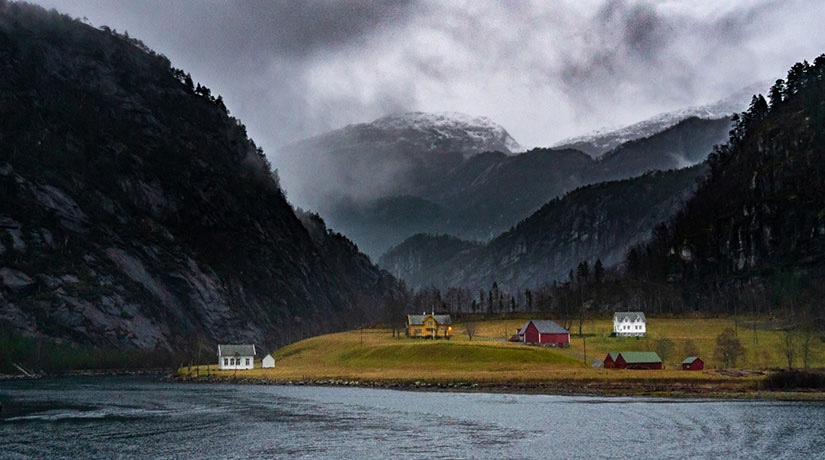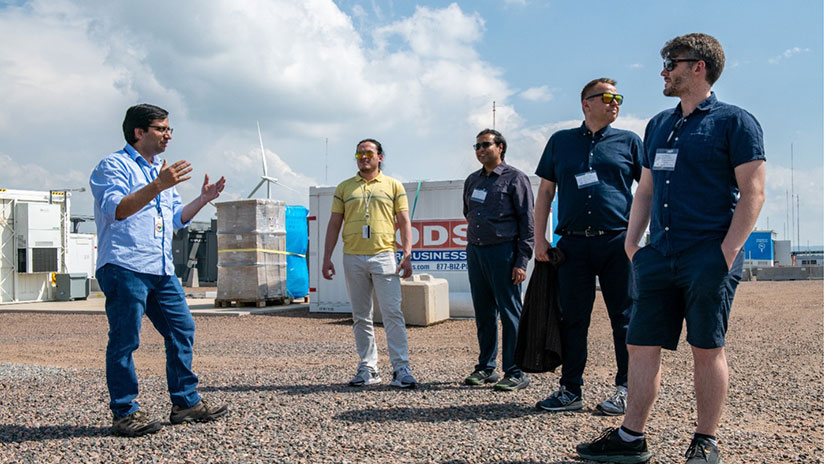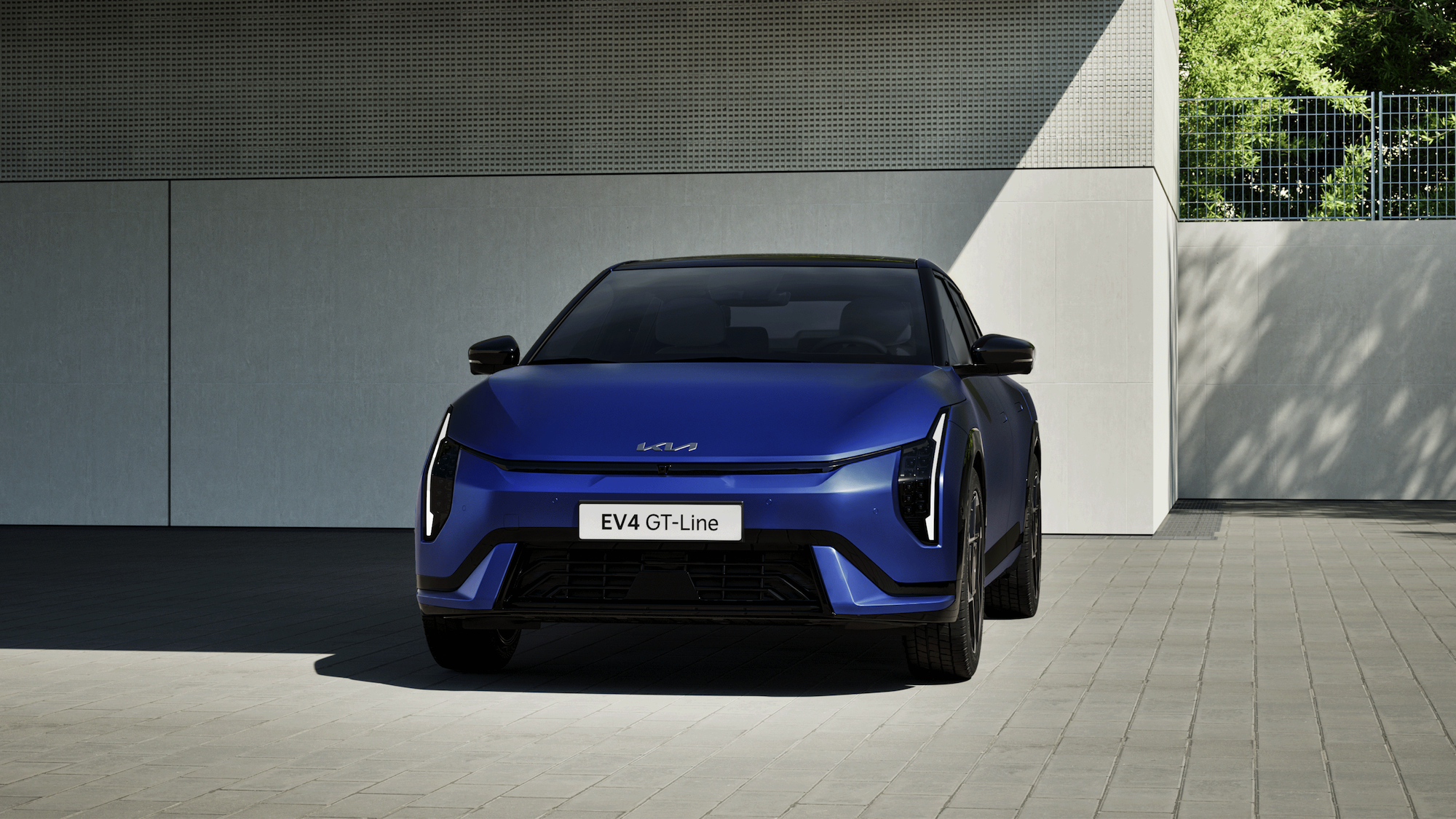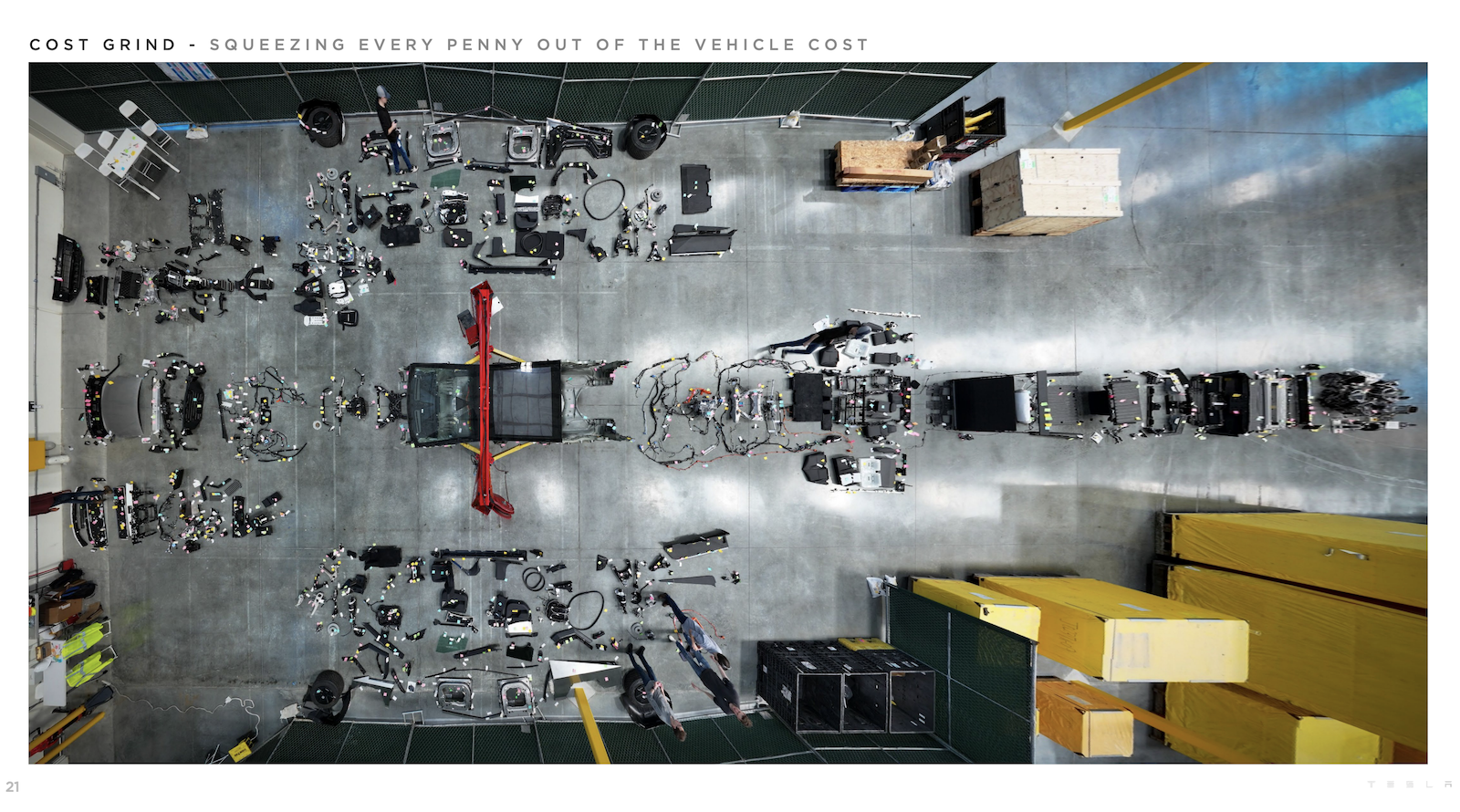Sign up for daily news updates from CleanTechnica on email. Or follow us on Google News!
Why U.S. and Norway Experts Are Partnering Up To Explore How This Renewable Could Help the World Transition to Clean Energy
When Dany Tome first arrived at the National Renewable Energy Laboratory’s (NREL’s) campus in Golden, Colorado, he did not notice the golden grasses waving from the hillsides or the solar panels set in neat, geometric rows atop parking structures and gullies.
“The first impression I got was snakes,” said Tome, a graduate student at the University of South-Eastern Norway. “That there are snakes here.”
But Tome was not visiting Colorado for the reptiles. He spent five weeks at NREL as part of a larger partnership between Norway and the United States. Funded by the U.S. Department of Energy’s Water Power Technologies Office, the knowledge exchange program supports collaboration across national laboratories, universities, and oceans—all to advance hydropower.
Hydropower is still the biggest source of renewable energy worldwide, generating more electricity than all other renewables combined, according to the International Energy Agency. And pumped storage hydropower, which can store up to thousands of hours’ worth of energy in reservoirs, accounts for 94% of global energy storage. But as countries add more affordable, efficient solar and wind energy technologies to their power grids, countries need to know: What is hydropower’s role in this renewable future?
Why Hydropower’s Role Should—and Will—Evolve
Norway is famous for its fjords. But it should also be famous for its renewable energy. The country gets about 98% of its energy from renewable resources, most of that (92%) is from hydropower.
Although the United States only gets about 6% of its electricity from hydropower, both countries have significant potential to get more electricity—or other benefits—from hydropower. Some hydropower plants, for example, can generate energy on demand, making hydropower a dependable partner for other renewable sources. When the sun sets or wind slows, hydropower can fill gaps to ensure the grid remains reliable and resilient.
Both countries also rely on similar types of hydropower: primarily large, reservoir-based plants (as opposed to smaller ones positioned alongside flowing rivers). To fill those reservoirs, hydropower plants depend on snow cap or glacier melt and rainwater—all of which could shrink as the world heats up.

But the two countries—and the world—share something else, too: climate change.
“These things are not tied to countries. Worldwide, it’s a similar effect,” said Mayank Panwar, referring to climate change impacts. Panwar, a senior research engineer at NREL, hosted Tome and several other hydropower researchers from the University of South-Eastern Norway starting in the summer of 2023.
Every country is grappling with its own climate change crises, like lethal flooding in wet regions and crop devastation in dry ones; to staunch those crises, many are chasing ambitious clean energy goals.
“So, where does hydropower fit into that?” Panwar asked.
Why the Future Grid Needs Modern Hydropower
Although wind and solar will likely overtake the giant in years to come, hydropower will continue to play a key role backing up clean energy power grids worldwide.
Yet many countries, including Norway and the United States, are exploring exactly how modern versions of this renewable heavyweight might integrate into future clean energy grids.
Hydropower technologies are not without flaws: For example, facilities can, depending on where and how they are built, affect fish migration. Today’s hydropower technologies are already more environmentally friendly than their predecessors. And both Norway and the United States are studying how to mitigate hydropower’s environmental, ecosystem, and community impacts through, for example, safe fish passage technologies.
Existing hydropower facilities could become more efficient with modern upgrades, repairs, and even some digital improvements. If the two countries can digitize their analog plants, operators could better control how much energy they generate (and when) and adapt to changing grid needs.
But many of these new hydropower technologies are still being developed. Before countries invest in what could be expensive, time-consuming upgrades to today’s facilities, they need to know which come with the greatest benefits and how these changes could impact a future clean energy grid.
Together, Panwar and Tome, along with their NREL and Norway colleagues, hope to answer these big hydropower questions. Panwar, for example, recently built a platform that can emulate new hydropower technologies and simulate how they might function once connected to a real power grid.
But while Panwar explores broad, grid-wide questions, Tome is focused on the most nitty-gritty, fundamental part of a hydropower plant: the generator.
Mastering the Machine
Tome first fell in love with machines during one of his undergraduate degrees. (He has one in physics and another in electrical engineering.) Back in his home country of Honduras, Tome remembers a professor coming up to him in the lab and saying, “Let’s build a six-phase machine.” He might as well have said, “Let’s build a unicorn.” Electrical systems, like generators and power grids, typically only have three phases (phases indicate how much power the system delivers at a time). Tome did not think it was possible to add more. Now, he cannot get the unicorn out of his head.
After college, Tome earned double master’s degrees in wind energy and electrical engineering from the Norwegian University of Science and Technology and Delft University of Technology, respectively. In his graduate work, he designed a 13-phase generator for wind turbines, which could increase the amount of electricity one turbine could generate. But after his master’s, Tome switched to hydropower.
“In Honduras, we have a lot of hydropower resources,” Tome said. “And I was like, ‘OK, this may be suitable. I can help my country with this.’”

But Tome is torn between helping his country develop new hydropower and helping solve complex, global scientific mysteries as a researcher. “Maybe I’m too ambitious,” he said.
While at NREL, Tome found one potential solution that could serve both goals. Working with Panwar, he studied how hot hydropower generators can get before they reach destructive temperatures. And he discovered the traditional thermal threshold—the temperature when today’s hydropower plants would shut down, staunching electricity production—may be far higher than originally thought. That threshold could be even higher if generators are better insulated and kept cooler for longer.
That finding could help both the United States and Norway ramp up clean energy production—without building any new plants. If existing hydropower plants can safely run generators for longer, both countries could produce more clean energy with their existing fleets. In short, they can do more with less.
“In some ways, it actually opens Pandora’s box,” Tome said of his discovery, “because now we need to think differently about how to operate these machines and how they are going to affect the grid.”
“These machines” extends beyond hydropower plants, too. If these plants can benefit from more efficient, longer-lasting engines, then so can electric vehicles and wind turbines or even tractors and trucks.
“My goal is to design machines,” Tome said. “It doesn’t matter what kind of machine.”
For now, though, Tome will focus on hydropower. Although he headed back to Norway in November, he plans to return to NREL to continue working with Panwar. The duo plan to simulate exactly how hot their hot new engines could get and whether these generator-level changes might impact the grid.
“We’re living in this green energy transition, right?” Tome said. “We need more wind and solar energy. But we have these older technologies also, like hydropower.”
Even if hydropower is almost as old as Norway’s fjords, it will remain our old standby—especially if Tome, Panwar, and their U.S. and Norwegian colleagues can help modernize this renewable giant.
Learn more about how NREL is exploring the future of hydropower. And subscribe to the NREL water power newsletter, The Current, to make sure you do not miss a water power update.
Article from NREL. By Caitlin McDermott-Murphy.
Have a tip for CleanTechnica? Want to advertise? Want to suggest a guest for our CleanTech Talk podcast? Contact us here.
Our Latest EVObsession Video
I don’t like paywalls. You don’t like paywalls. Who likes paywalls? Here at CleanTechnica, we implemented a limited paywall for a while, but it always felt wrong — and it was always tough to decide what we should put behind there. In theory, your most exclusive and best content goes behind a paywall. But then fewer people read it!! So, we’ve decided to completely nix paywalls here at CleanTechnica. But…
Thank you!
CleanTechnica uses affiliate links. See our policy here.



